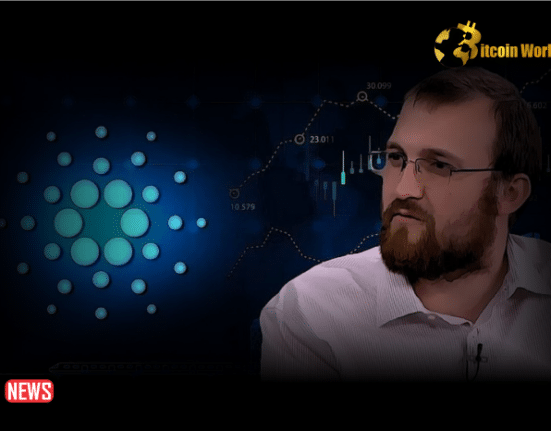The Ethereum [ETH] team made a key step toward releasing the Shanghai update by producing a “Shadow Fork.” In a similar development, Vitalik Buterin proposed a way for ensuring transaction privacy on the Ethereum network. What impact might these changes have on the network and ETH?
On January 23, an Ethereum engineer named Marius Van Der Wijden disclosed the Mainnet Shadow Fork. Wijden intended to add rogue nodes into the testnet that would send out erroneous blocks and messages in order to deceive other nodes into joining a bogus fork of the network.
Withdrawal-Mainnet-Shadow-Fork-1 was the name given to this testnet. It also appeared to imitate the withdrawal restrictions for staked Ether (ETH).
A shadow fork is a temporary test fork that implements some of the required protocol changes before the full Shanghai hard fork. Before the massive changeover to a proof-of-stake network last year, known as the Merge. For testing, Ethereum used numerous shadow forks.
Vitalik Buterin, Ethereum’s founder and current CEO, also advocated the creation of a feature dubbed “Stealth Addresses.” Buterin noted in an article, underlining the difficulty of ensuring privacy in the ecosystem:
“Fixing this state of affairs is a serious topic.”
Furthermore, Stealth Addresses would be a method of concealing true ownership of non-fungible tokens (NFTs) and domain names registered using the Ethereum Name Service (ENS). Wallets generate stealth addresses by scrambling public key addresses for anonymous transactions. Access to these anonymous trades requires a one-of-a-kind “spending key” key.
If the Dev team’s shadow fork was successful, users could withdraw their staked ETH without risk of compromising the network. If Vitalik’s proposed stealth address is implemented, the Ethereum network’s lack of privacy problems may be alleviated. If these changes increase network popularity, the value of ETH may climb.
The Santiment Development Activity indicator can be used to determine how busy the developers are. The Metric stated that developer involvement had nearly reached 50 as of this writing. This could rise even more as the Shanghai update approaches.
Ethereum was trading at around $1,618 each day on the daily timescale chart. Furthermore, the price maintained the little decline it had been experiencing during the preceding 48 hours – until press time – by falling by nearly.50%.
However, the price movement was clearly higher than the long and short Moving Averages (blue and yellow lines). The yellow and blue lines also indicated the level of support.















